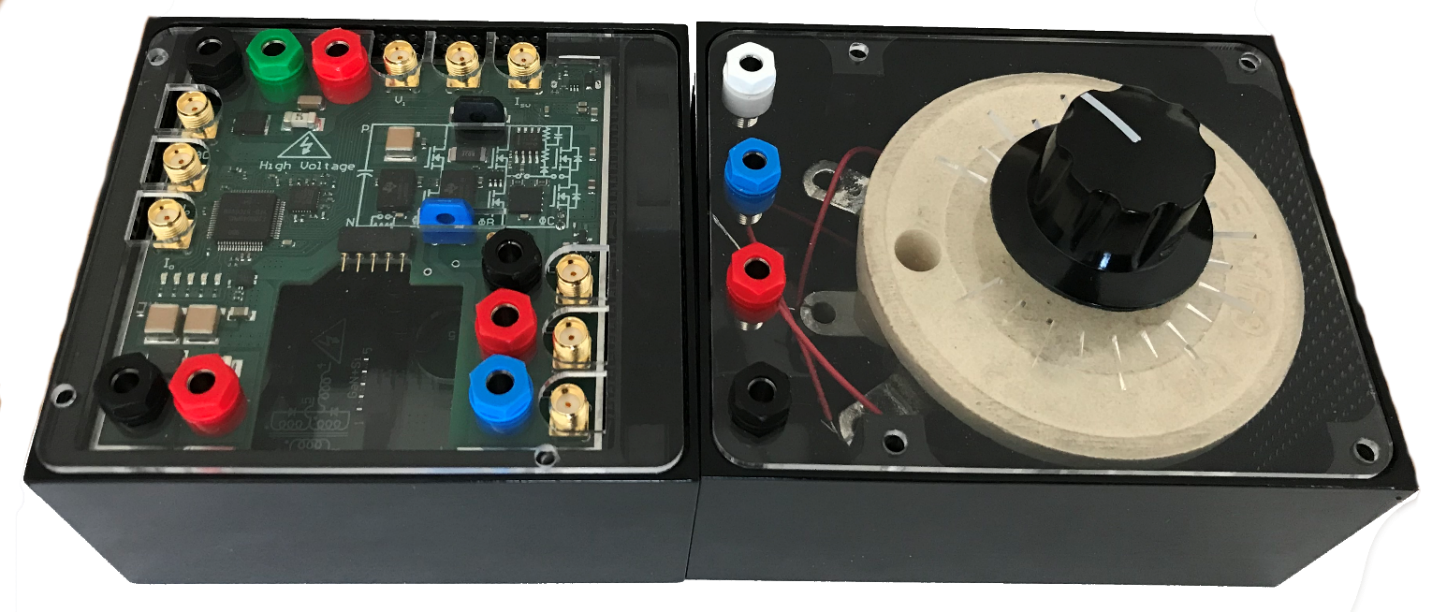Course Learning Objectives
- Describe the role of Power Electronics as enabling technology in various applications such as flexible production systems, energy conservation, renewable energy, transportation, etc.
- Identify a switching power-pole as the basic building block and to use Pulse Width Modulation to synthesize the desired output.
- Design the switching power-pole using the available power semiconductor devices, their drive circuitry, and driver ICs and heat sinks. You will be able to model these in PSpice.
- Learn the basic concepts of operation of dc-dc converters in steady state in continuous and discontinuous modes and be able to analyze basic converter topologies.
- Using the average model of the building block, quickly simulate the dynamic performance of dc-dc converters and compare them with their switching counterparts.
- Design controllers for dc-dc converters in voltage and peak-current mode.
- Design, using simulations, the interface between the power electronics equipment and single-phase and three-phase utility using diode rectifiers and analyze the total harmonic distortion.
- Design the single-phase power factor correction (PFC) circuits to draw sinusoidal currents at unity power factor.
- Learn basic magnetic concepts, analyze transformer-isolated switch-mode power supplies and design high-frequency inductors and transformers.
- Learn basic concepts of soft-switching and their applications to dc-dc converters, compact fluorescent lamps (CFL) and induction heating.
- Learn the requirements imposed by electric drives (dc and ac) on converters and synthesize these converters using the building block approach.
- Understand, simulate and design single-phase and three-phase thyristor converters.
- Learn the role of Power Electronics in utility-related applications which are becoming extremely important.
Textbook
Power Electronics: A First Course
Author: Mohan
ISBN: 1118074807 9781118074800
Publisher: Wiley
Reference:
Power Electronics: Converters, Applications, and Design, 3rd Edition
Authors: Mohan, Undeland and Robbins
ISBN: 978-0-471-22693-2
Publisher: Wiley
Complete Solution Manual for the "Power Electronics: A First Course" To receive a copy of the entire solutions manual, contact John Wiley & Sons and register as a faculty member.
Course Slides
Course Videos
Labs
Hardware Lab for Power Electronics
- Power Electronics Lab Manual ( Coming Soon)
- Available soon

List of Experiments:
- Si and GaN power-device characteristics
- Buck converter
- Boost converter
- Buck-boost converter
- Digital voltage mode control
- Digital current mode control
- Flyback converter
- Forward converter
- Full-bridge converter
- Single-phase DC-AC inverter
- Three-phase DC-AC inverter
PSpice-based Lab for Power Electronics
- Installation Instructions (PDF)
- PSpice 9.1 Installer with PE libraries (Google drive link)
- PSpice 9.1 Installer (Google drive link)
- Instruction Set to use PSpice (PDF)
- PSpice Power Electronics Lab Schematic Files (Google drive link)
- PSpice Power Electronics Lab Manual (PDF)
PLECS-based Lab for Power Electronics